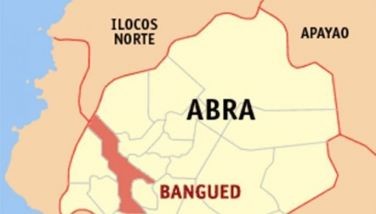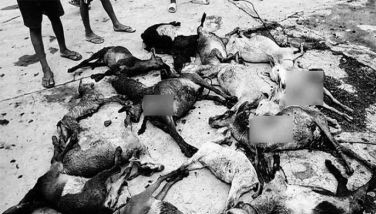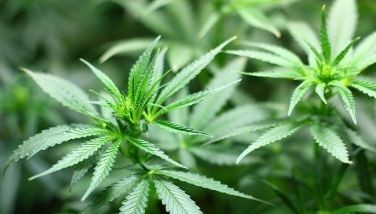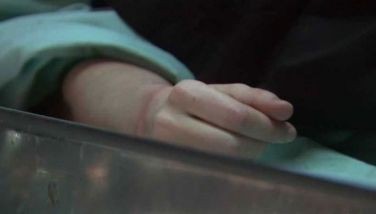Seaweed gatherers in Ilocos Norte need gov’t help
BATAC, Ilocos Norte – Seaweed gatherers in coastal towns in this province need assistance to overcome the problems besetting them.
The support they need are mostly on technical and socio-economic aspects, notably on gathering, postharvest processing, and marketing their seaweed harvest.
The seaweed gatherers, according to a group of researchers of the Mariano Marcos State University (MMSU), lack “gathering paraphernalia such as baskets, gloves, and bancas” as well as postharvest facilities such as for drying.
They also noted an inefficient marketing and pricing system for local seaweeds.
The MMSU, currently headed by president Dr. Miriam Pascua, is a six-campus university in Ilocos Norte whose main campus is located in this newly created city.
The researchers documented their findings on the status of the seaweed industry in three Ilocos Norte towns along the
They presented their report at the 2008 National Aquatic and Resources Research and Development System conference sponsored recently by the Department of Science and Technology-Philippine Council for Aquatic and Marine Research and Development (DOST-PCAMRD) in Los Baños, Laguna.
The study aimed to determine the species of seaweeds gathered for food and other uses, and their market potentials.
Ilocos Norte’s seaweed industry is confined to gathering. Commercial culture is not practiced.
As a local industry, it has become a significant means of livelihood and a source of additional income to many Ilocanos.
In the study, the MMSU researchers interviewed 52 seaweed gatherers and vendors in the towns of Currimao,
Most of the respondents were young (aged 41 to 50), female (69 percent), and married (73 percent). Most of them finished elementary education.
Majority of the respondents have been engaged in seaweed gathering for some time with a minimal income insufficient to meet their basic needs.
There are 22 genera of seaweeds belonging to green, brown, and red algae that are used as food in Ilocos Norte. Food preparations are in form of salad, vegetables for viand, dessert, and pickles.
Other uses of seaweed include medicine, fertilizer, and insect repellant.
The MMSU researchers recommended that the seaweed gatherers be encouraged to develop other food products from seaweeds to help stabilize their livelihood activities.
The current market price of seaweeds ranges from P50 to P3,000 per kilo. The cheapest is the seaweed genera Hydroclathrus, locally known as balballulang, and the most expensive, the Porphyra or gamet, which fetches up to P3,000 per kilo.
Fresh and dried seaweeds are sold in public markets, the biggest of which is the one in
“An appropriate packaging material for processed seaweed should be introduced to the seaweed gatherers to ensure high product quality and long shelf life and in turn generate market competitiveness,” the MMSU researchers said.
As it is, sun drying is the only postharvest processing employed by the gatherers to extend the shelf life of seaweeds.
The researchers said the government should launch a program to implement rules and regulations on the harvest of seaweeds in order not to deplete seaweed stock.
- Latest
- Trending



























